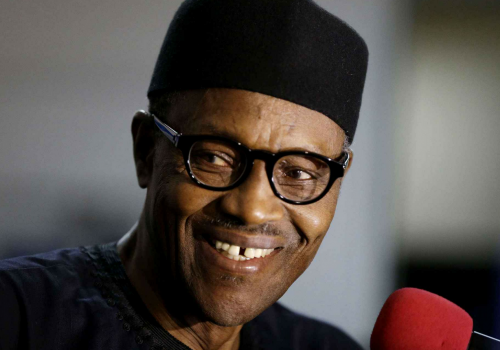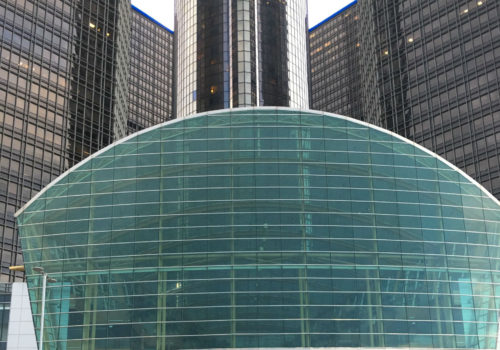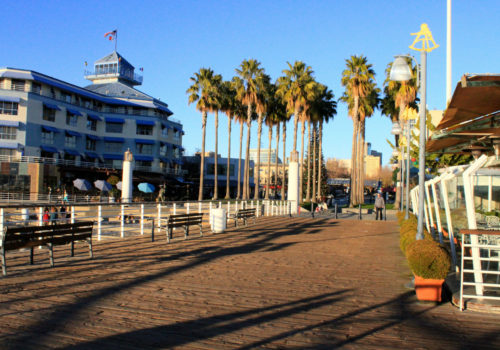Waste to Watts (W2W) is a company headquartered in Atlanta, GA. The company is managed by James Molini (Georgia Tech-B.S. Biomedical Engineering); Patrick Caputo (Georgia Tech–Ph.D. candidate in Electrical and Computer Engineering); Chris Hamman (Duke University–M.S. Engineering Management/WPI–M.S. Electrical Engineering); and David Keith (MIT-Ph.D. ‘12 in Technology, Management, and Policy/Univ. of Melbourne-M.Env. in Environmental Technology).
The W2W team is on a mission to create innovative products from repurposed electronic waste to meet the growing energy demands of the developing world. This spotlight is about how W2W is winning the fight against energy poverty by solving the energy progress equation.
What is Energy Poverty?
Energy poverty is the lack of access to electricity, heat, or other forms of power, and how this lack of access negatively impacts a person’s livelihood. Energy poverty is common in developing countries or what the World Bank refers to as “low income countries” like those in Sub-Saharan Africa—these countries face low and stagnant growth in access to modern energy services.
Energy Poverty by the Numbers
- According to the World Bank, a business or hospital in a low income country or developing country experiences on average 18 power outages in a single month.
- The average Sub-Saharan African community experiences 84 power outages each year.
- Despite rampant outages, large African companies exceeding 250 employees only own one generator 54% of the time during normal business operation.
- A study in 10 developing countries demonstrated that despite access to donated medical equipment, nearly 30% of these devices fail to operate due to power-related failures.
- In 2005, 1.6 billion people lacked access to electricity, and 2.4 billion relied on traditional biomass fuels for cooking and heating. By 2030, if present trends continue, 1.4 billion people will still lack access to electricity—only 200 million fewer than in 2005. And more than 2.6 billion will still rely on traditional biomass fuels—an even larger number than in 2005.
Source: The World Bank’s 2010 Doing Business Report; No. 4 May 2005 Energy and Poverty- Myths, Links, and Policy Paper. For more, see July 2010 article “Innovation Required to Meet Rural Needs”.
What is the Energy Progress Equation?
The Energy Progress Equation is a concept that I came up with to describe the kind of positive impact W2W is making in the fight against energy poverty. The concept is inspired by the equation E=mc^2, and informed by my conversation with W2W consultants Angela Aifah and Jennifer Blanco. In addition, the concept is consistent with the four principles of the World Bank’s vision for energy in the developing world:
- Helping the poor directly
- Improving macroeconomic and fiscal balances
- Promoting good governance and private sector development
- Protecting the environment
In E=mc^2 equation,
- “E” stands for energy
- “m” stands for mass
- “c” stands for speed of light
In the Energy Progress Equation, EP=mPcS^2:
- “EP” stands for energy progress
- help
- improve
- promote
- protect
- “mP” stands for massive problem
- the poor
- economic and fiscal imbalances
- lack of good governance and private sector development
- pollution to the environment
- “cS” stands for enlightened solutions
- direct help to the poor
- improvement of economic situation in low income countries
- promotion of good policies that develop the private sector
- protection of the environment from pollutants and environmental hazards
How W2W approaches the massive problem, mP?
W2W follows the triple bottom line (3BL) standard of People, Planet, Profit, adopted by the UN which focuses on “measuring organizational success through economic, ecological, and social” factors. As a result of W2W’s 3BL focus, it approaches the massive problem, mP, by:
- Providing reliable and robust technology solutions to the problems experienced by developing world communities;
- Respecting the environment and pursuing a concerted effort to encourage proper recycling habits in all of its markets; and
- Utilizing the electronic waste produced by an ever-evolving global economy to design creative solutions that offer its customers a unique, life-changing value proposition.
How W2W empowers enlightened solutions, cS?
W2W has designed the “Enzi Uninterrupted Power Supply” system. The Enzi system is a low-cost uninterruptible power supply that is reliable and affordable for customers (e.g. community hospitals) in developing countries. The system is inexpensive because W2W replaces expensive components with recycled electronic parts to cut down costs. The Enzi system can recycle a wide range of electronic waste parts such as computer and X-box power strips, laptop chargers, and lead acid batteries.
When these waste parts are combined, they form an uninterrupted power supply that can run a variety of electrical products even during a power outage. So, a recycled laptop power cord coupled with a recycled car battery and the Enzi interface will allow a device such as a heart rate monitor to run during a power outage.
W2W is solving the Energy Progress Equation through the Enzi system. The Enzi directly helps the poor by allowing medical technicians at community hospitals in developing countries to keep running life-saving medical equipment and machines during a power outage.
In turn, the enhanced care in these community hospitals improves the health outcomes for under-served patients and the economic outlook for the medical professionals in these communities. This improved economic climate then creates the context for good governance policies that support additional private investments in these poor communities.
In turn, these additional private investments are more sustainable because the Enzi reduces the environmental hazards that can result from expanded business operations. Specifically, the Enzi reduces electronic waste (E-waste) that can end up in landfills and pose a threat to the environment by transforming this E-waste into a power supply — a power supply that the Enzi repackages to help these poor communities to keep winning the fight against energy poverty. For more information about W2W and the Enzi, click here.
Did this discussion help you progress? If so, please donate to My African Plan.
The average donation is about $12.








